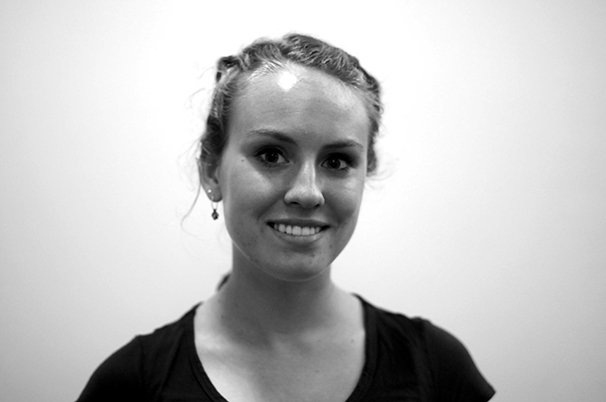Fashion’s unrealistic models harming women
November 14, 2014
Myla Dalbesio, the newest model in Calvin Klein’s “Perfectly Fit” line, is very different from the models the brand has featured in the past. Rather than being an impossible size zero, Dalbesio is a size 10.
Dalbesio’s presence seems refreshing at first. In the wake of underwear advertisements like the Victoria’s Secret “Perfect Body Campaign,” which only featured rail-thin models with flat stomachs and huge breasts, Calvin Klein’s efforts do not go unnoticed. But the perception of progress surrounding Calvin Klein’s campaign is tarnished by the fact that Dalbesio, though labeled plus-sized, is still two to four sizes smaller than the average American woman.
For too long, fashion companies have placed extremely skinny women in their advertisements to imply that the body type shown is the one all women should covet. This unrealistic standard of beauty is negatively affecting women of all ages across the country.
The average American woman experiences 13 negative thoughts about her body over the course of a day, and 97 percent of these women have admitted to having at least one “I hate my body” moment during the same period of time. In addition, 91 percent of women are dieting to achieve the “ideal” body shape. It is no surprise then, that the dieting industry generates a yearly revenue of $55.4 billion.
Confidence among young girls is even worse. Around 42 percent of third-grade girls have said they want to be thinner than they currently are, and 81 percent of 10-year-old girls have admitted to being afraid of getting fat. In a 2004 DC survey of girls ages 14 to 18 by the Centers for Disease Control and Prevention, 18 percent had starved themselves to lose weight, 11.3 percent had used diet pills and 8.4 percent had vomited or used laxatives.
This low body confidence also severely affects the health of many young women. Dieting compromises healthy growth and results in nutrient deficiencies. More troubling is the fact that low body confidence can lead to suicidal thoughts and substance abuse.
Studies have proven the connection between models in advertisements and low body confidence among women. A study conducted found that 47 percent of fifth- to 12th-grade girls had wanted to lose weight because of pictures they had seen in magazines. Also, 69 percent of the girls surveyed said the magazine pictures influenced their idea of what the perfect body is supposed to look like.
Mislabeling Dalbesio as “plus-sized” only contributes to these awful statistics. Dalbesio is healthy and, in any other industry, would be considered thin. Once models that more accurately depict the full range of body types — ones that truly resemble average American women — low body confidence among women will become less common. It would be empowering to most women to be able to look at a model in a magazine and see a reflection of themselves — not what they would look like if they were 50-something pounds lighter with a thigh gap.
Fashion labels should strive to employ models with more realistic figurer because continuing to cater to the 5 percent of women who do look like traditional models while allowing the other 95 percent to writhe in destructive self-loathing is wrong. No woman should be made to feel as though her body is inadequate, and no woman should bear the connotative brunt of being called plus-size when, in reality, she is completely normal. The diversity of the female body types should be celebrated in advertisements, not squandered by an impossible industry standard.
Email Lena Rawley at [email protected].

























































































































































Timberland • Nov 19, 2020 at 4:02 am
https://air-jordan1.com/ Air Jordan 1